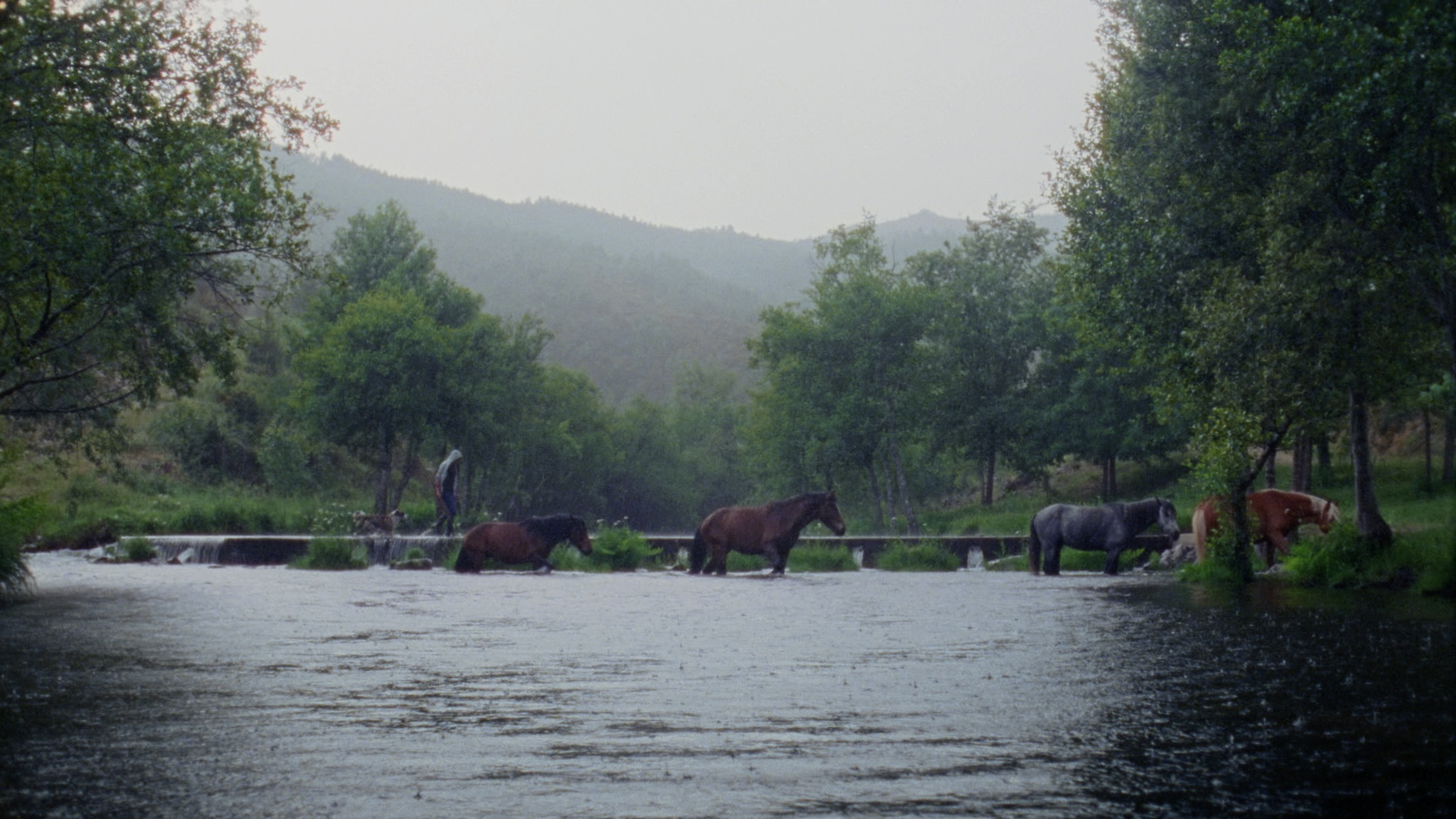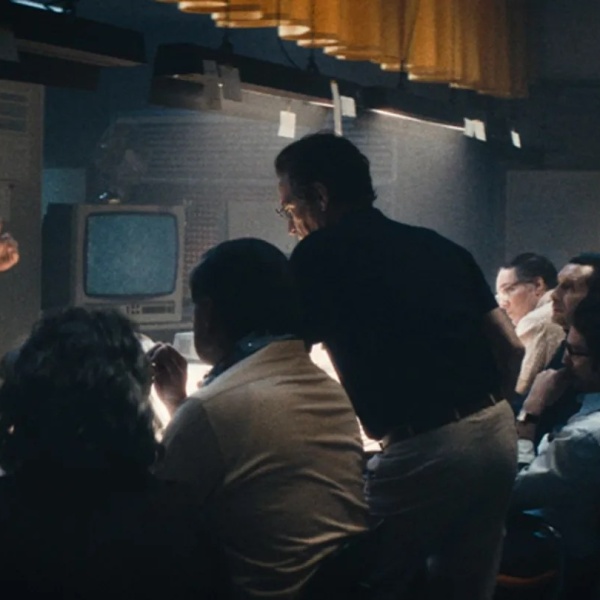The lush opening shots of “Savanna and the Mountain” introduce us to Covas do Barroso, a remote Portuguese village that time forgot. The townspeople are quite content to live a pastoral life of ranching and subsistence farming that hasn’t changed much over the past century. But Paolo Carneiro’s Cannes documentary quickly reveals that changes are coming to their lives whether they like it or not. The only question is whether they allow their town to be turned into something unrecognizable, or devote their lives to political activism with the hopes of stopping it.
Covas do Barroso sits on top of massive lithium deposits, and a British company called Savannah Resources has begun the legal proceedings to use eminent domain to build Europe’s largest open-cast lithium mine where the town currently stands. It’s a tale as old as time: Businessmen and politicians flood the region with promises of job creation and economic growth, while the villagers are skeptical that they’ll be the ones who actually see any of the benefits. Most of them lack formal education and only know how to live off the land in the ways that their ancestors taught them. To them, taking away their traditions is as good as killing them. So they gradually begin to talk and demonstrate as their concern evolves into opposition before eventually becoming full-on resistance.
“Savanna and the Mountain” exists somewhere on the spectrum between Bertolt Brecht and Abbas Kiarostami, capturing the villagers’ town meetings and protests in a manner that looks realistic but is actually a recreation of previous events (though the actual fight over the lithium mine remains ongoing). The distressed vignettes are intercut with protest songs that could have been ripped from “The Threepenny Opera” and grainy nature footage that showcases the region as a natural cowboy oasis that has remained untouched by modernity.
But the story of Covas do Barroso and its people’s fight to keep their hometown intact is ultimately an issue of secondary importance when discussing “Savanna and the Mountain.” The film‘s real (and perhaps inadvertent) brilliance lies in the way it highlights the divide between two causes that are often lumped together despite having different goals: Conservationism and the fight against climate change.
The quest to keep our planet beautiful and inhabitable is a noble one, and the people who feel the most urgency about slowing down global warming are likely to be equally passionate about the preservation of existing ecosystems. But while it might be comforting to frame the issues as one overarching battle between evil corporations whose greed is destroying the planet and the environmentalists who could save the world if only someone would listen to them, “Savanna and the Mountain” is a perfect example of the limitations of that kind of black-and-white thinking.
The film specifies that the proposed lithium mine in Covas do Barroso was necessitated by the European Union’s crackdown on CO2 emitting vehicles. All cars sold in the EU after 2035 need to be electric or powered by other alternative fuels, which has in turn created a massive spike in demand for lithium batteries. The reduction in automotive emissions in major European cities will be an objectively good thing for the planet, even if it means that humans have to devote more natural resources to mining lithium. Despite the film’s desire to valorize the townpeople’s resistance to the mine, the global ecosystem would actually be worse off if they succeeded.
The mine is just one example of a larger phenomenon in which the most effective means of fighting climate change often face resistance from well-meaning people who fear the effects they could have on local populations. To use another one, it’s clear to many that a full court press into nuclear energy investments would be one of the quickest and cleanest ways to slash the world’s reliance on fossil fuels and curb emissions. But the technology has failed to gain real popularity among environmentalists due to some combination of concerns about local pollution and bad vibes surrounding previous nuclear accidents (which are largely unfounded due to the advances in nuclear safety that followed them). To many people, environmentalism is more than just a set of clinical beliefs about how to best allocate resources — it’s an all-encompassing aesthetic identity. But as the clock continues to tick and the threat of climate change becomes more dire, we’re all going to have to get more comfortable with policy choices that help our planet despite feeling like something we should oppose.
All of which is to say that a serious and realistic effort to fight climate change will be fundamentally incompatible with a pantheistic worldview that seeks to shield nature from any kind of manmade, corporate-led development. Sometimes you have to build that evil-looking mine to stop the polar icecaps from melting. The process of safeguarding our planet for future generations may end up feeling like a massive chess game in which humanity will have to be strategic about sacrificing a few pawns to protect our kings and queens. But even those among us who are optimistic about our species’ prospects of rising to the occasion ought to heed films like “Savanna and the Mountain” as a reminder that old habits die hard — and that promises of being part of the larger solution are not a sufficient consolation prize to those left behind.
Grade: B-
“Savanna and the Mountain” premiered at the 2024 Cannes Film Festival. It is currently seeking U.S. distribution.



